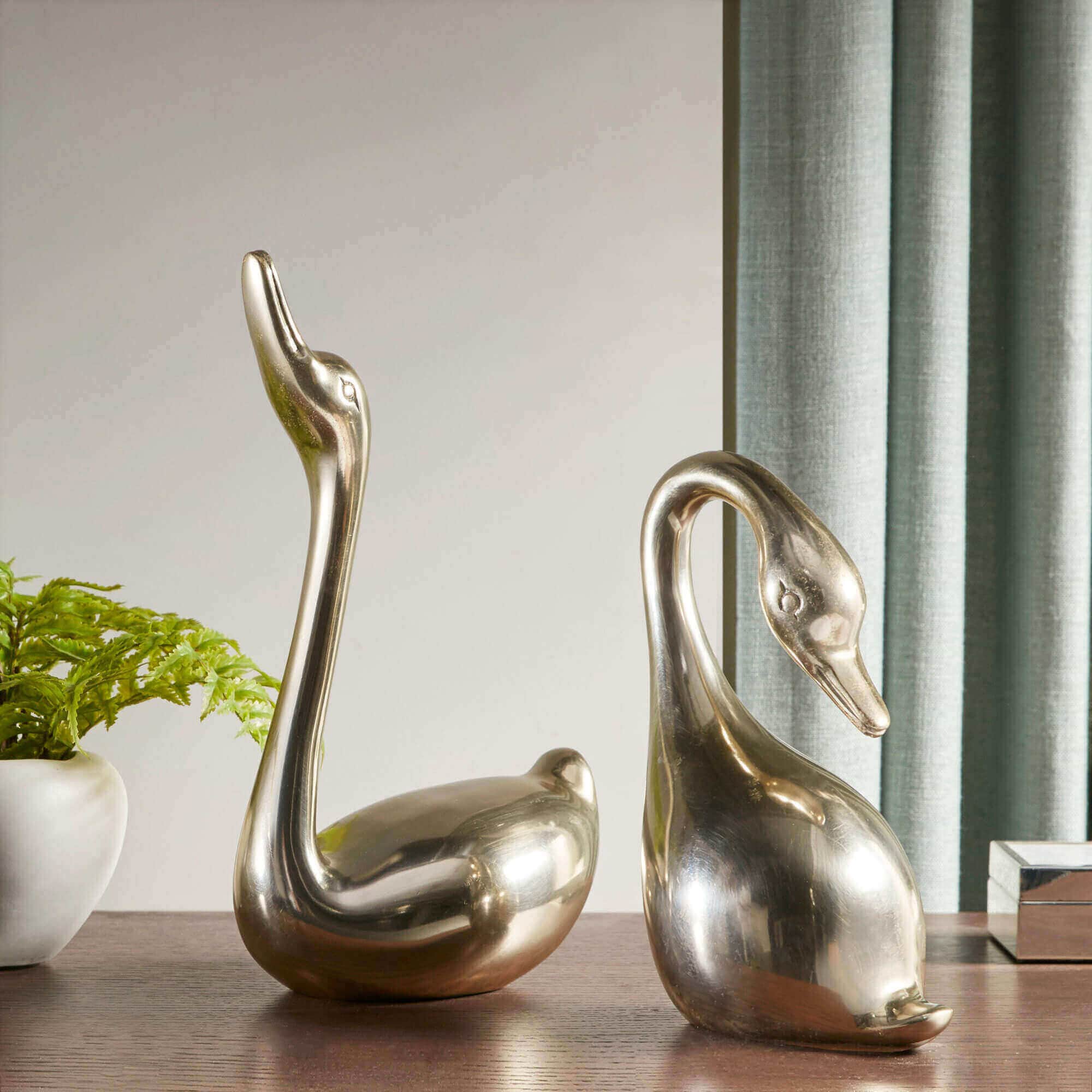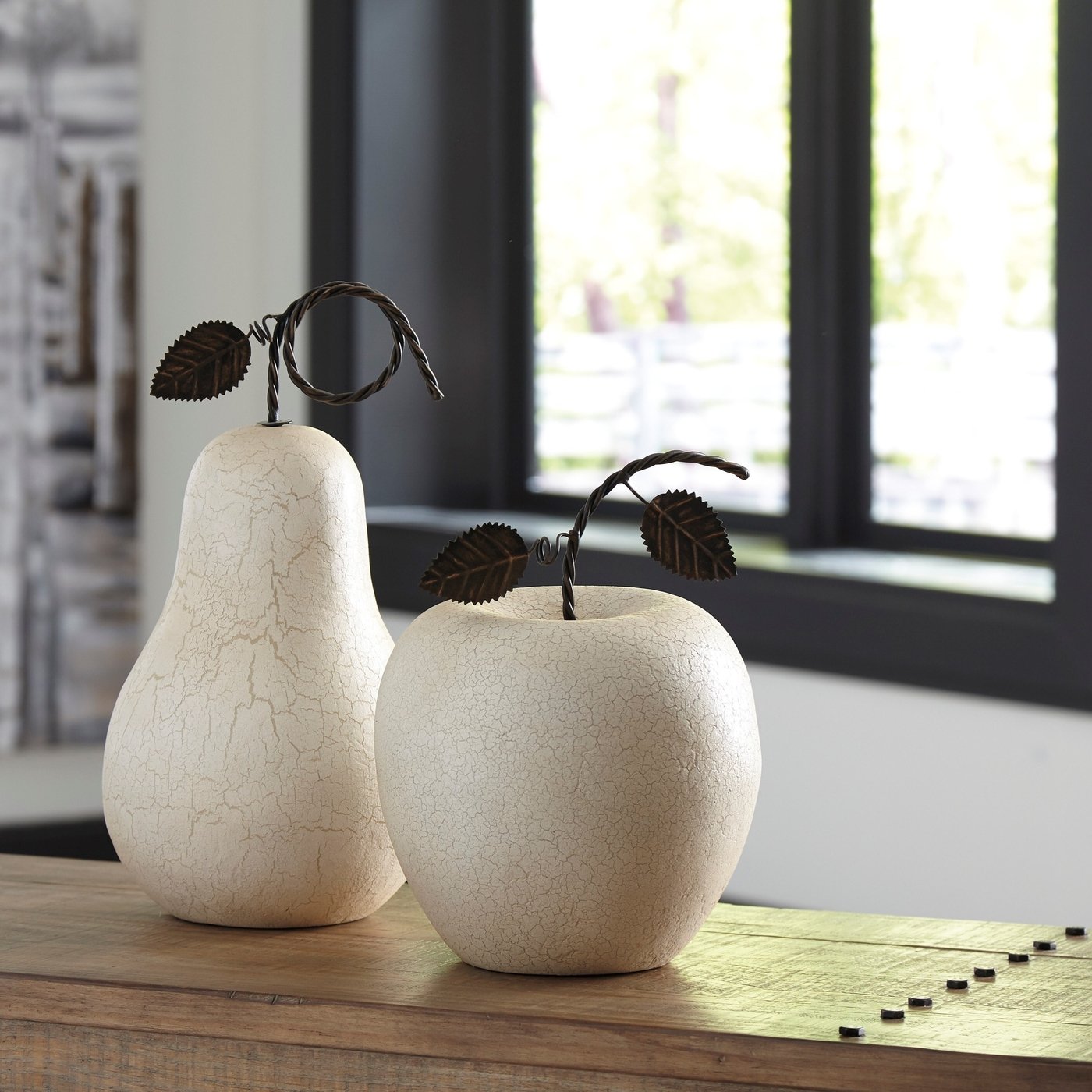Decorative Objects

Decorative objects are items used to enhance the aesthetic appeal of a space. They come in a wide range of types and materials, each with its unique characteristics and visual impact.
Decorative objects have the power to transform a space, adding personality and charm. From intricate sculptures to vibrant paintings, they can evoke emotions and set the tone of a room. For a touch of whimsy and nature-inspired delight, consider cute frog wallpaper.
Its playful design and vibrant hues will create a cheerful and inviting atmosphere, while still complementing the overall décor scheme. Whether you’re adorning a child’s room or adding a touch of whimsy to your home office, decorative objects can make all the difference.
Types of Decorative Objects
- Sculptures: Three-dimensional artworks made from various materials, often depicting figures, animals, or abstract forms.
- Paintings: Two-dimensional artworks created on canvas, paper, or other surfaces using pigments and brushes.
- Vases: Containers designed to hold flowers or other decorative items, often featuring intricate designs or patterns.
- Textiles: Fabrics used for decoration, such as curtains, tapestries, and throw pillows, adding texture and color to a space.
Materials Used in Decorative Objects
Decorative objects are crafted from a diverse array of materials, each offering distinct qualities and aesthetic appeal.
- Ceramic: A hard, non-porous material made from fired clay, used in items such as vases, tiles, and figurines.
- Metal: A strong and durable material, employed in decorative objects like sculptures, candle holders, and picture frames.
- Wood: A natural material known for its warmth and versatility, used in carvings, furniture, and wall art.
- Glass: A transparent or translucent material, used in items such as vases, chandeliers, and stained-glass windows.
Decorative Objects in Interior Design

Decorative objects play a crucial role in interior design, adding character, depth, and visual interest to a space. They can transform a room from ordinary to extraordinary, reflecting the homeowner’s personality and style. By incorporating decorative objects into a room, you can enhance its functionality, create focal points, and add a touch of elegance.
Incorporating Decorative Objects
When incorporating decorative objects into a room, consider the following tips:
- Scale and Proportion: Choose objects that are proportionate to the size of the room and furniture. Oversized pieces can overwhelm a small space, while tiny objects can get lost in a large room.
- Color and Texture: Use decorative objects to add pops of color and texture to a room. Choose pieces that complement the existing color scheme or introduce new hues and patterns.
- Grouping and Arrangement: Group similar objects together to create a cohesive display. Arrange objects at different heights and angles to add visual interest.
- Functionality: Choose decorative objects that also serve a functional purpose, such as vases for flowers, bowls for fruit, or candles for ambiance.
Decorative Objects as Cultural Expression

Decorative objects hold immense cultural significance, embodying the history, traditions, and beliefs of the cultures that created them. They serve as tangible expressions of a people’s collective identity and provide insights into their way of life.
These objects often reflect the artistic sensibilities and technical prowess of their makers, showcasing the unique aesthetic styles and craftsmanship techniques that have been passed down through generations.
Historical Significance
Decorative objects can provide valuable historical context. They can offer clues about the daily lives, customs, and technological advancements of past societies. For example, ancient pottery fragments can reveal information about dietary habits, trade routes, and religious practices.
Religious and Spiritual Symbolism
Many decorative objects have deep religious or spiritual significance. They may be used in rituals, ceremonies, or as devotional objects. For example, Hindu statues of deities are revered as representations of divine beings, while Tibetan prayer wheels are used to accumulate merit and promote spiritual growth.
Social and Cultural Status
Decorative objects can also reflect social and cultural status. In some cultures, certain objects are reserved for the elite or upper classes, while others are more commonly found in households of lower socioeconomic status. For example, in traditional Japanese society, tea ceremony utensils were highly prized and indicative of one’s social standing.
Cultural Identity
Decorative objects play a crucial role in shaping and preserving cultural identity. They serve as symbols of belonging and connect people to their shared heritage. For example, the traditional Maori carvings of New Zealand represent the cultural values and artistic traditions of the indigenous Maori people.
In the realm of interior design, decorative objects play a symphony of visual delights. From intricate sculptures to vibrant paintings, they add a touch of whimsy and sophistication to any space. One particularly captivating element is wallpaper. Beautiful wallpaper hd offers a myriad of options, from ethereal patterns to breathtaking landscapes, transforming walls into canvases of imagination.
These vibrant hues and intricate designs elevate decorative objects, creating a harmonious symphony that dances before the eyes.